Craft Healthy Green Juice with These 5 Backyard Plants
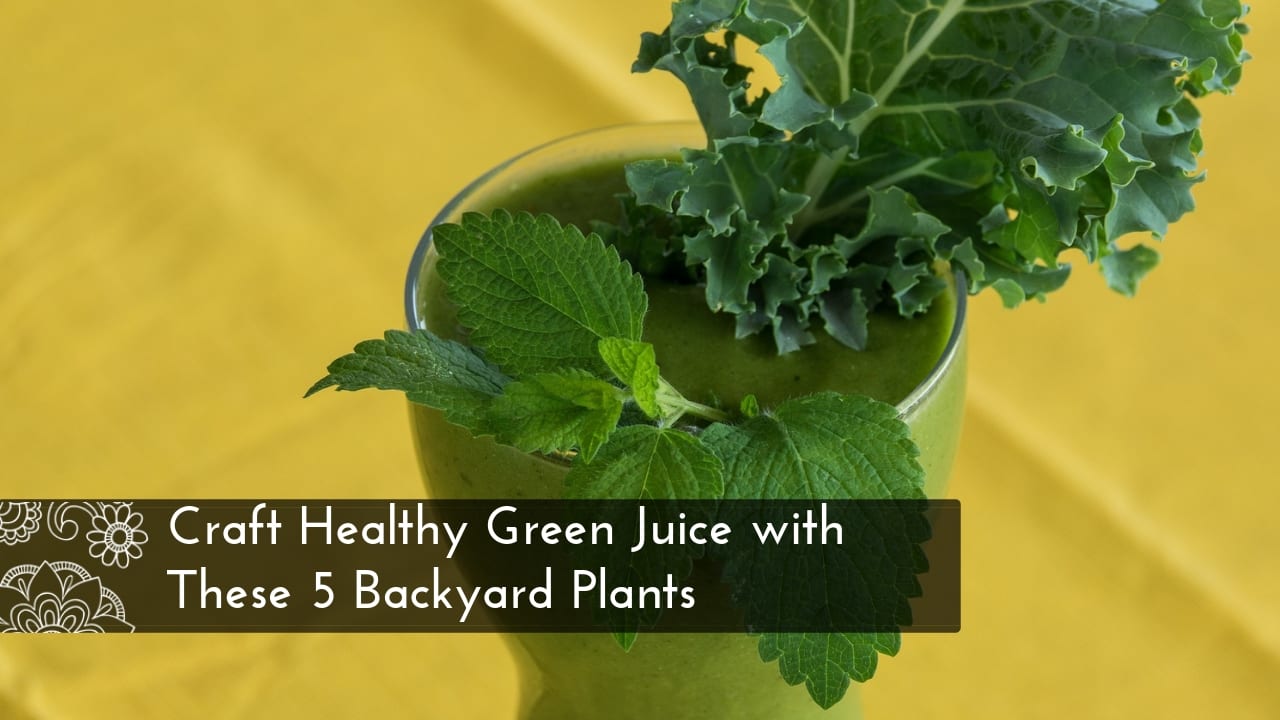
Do you love green juices but aren’t quite sure what to put in them or how to make them an easeful habit in your life – timewise and money-wise?
Not too long ago my “juice-life” was not so juicy. It looked a bit like this: I would get psyched to finally go on that juicing kick. I’d storm the grocery store, buy 10 lbs of produce, make one weird juice, and spend over an hour cleaning the juicer. My efficiency gauge couldn’t handle this kind of a lifestyle, so the juicer would sit in the cupboard and the produce in the fridge. A few months later, this entire saga would repeat…
Sound familiar?
What if I told you that you can make your daily green juice in 10 minutes or less, using staple plants from your backyard (convenient, fresh, and free), and that this juice will have 10x the nutrient density of any juice made with produce from a grocery store? It’s a real possibility! If you have a backyard that hasn’t been sprayed with pesticides/herbicides, a garden with an abundance of “weeds,” or a slice of wild land near your abode – it is 99.9% likely that you can make a delicious, nutritious, seasonal, local, cheap, wild green juice from amazing plants that you may have been over-looking for years.
What Plants are You Overlooking?
Backyard green juices can be an amazing practice to add to your repertoire. Not only do they help you connect with your highest level of thrive by giving your body the nutrients that it needs to function at its best, but by harvesting from your backyard/garden/locality you are literally ingesting your local environment, which will give you a deep sense of connection and belonging with the land you reside upon. The practice will also give you local/seasonal/environmental attunement, which provides your body with the balancing qualities that it needs to be able to thrive within your recent climate, regardless of how abnormal it’s been lately.
Dandelion, mallow, lambsquarter, plantain, and purslane- these five plants are all easy to identify, grow in almost any climate, and are relatively mild in their “wild nature”. If you are new with plant identification, it’s safest to check with a local plant expert before ingesting a new plant- make sure it is indeed the plant that you think it is. If you are new to ingesting wild plants, it’s best to go slow, start with very small quantities, and always trust your body, your tongue, and your instincts. If you are worried a piece of land has been sprayed with some form of chemical within the past 3 years, it’s better to restrain from harvesting there and to find another plot of land to acquire your weeds. So without further ado, here are your newest backyard best friends:
Dandelion
All parts of the dandelion are edible but the leaves are particularly 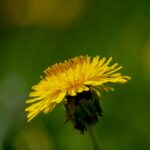
Mallow
Mallow is an amazing demulsifying plant, which, in other words,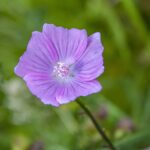
Lambsquarter
Lambsquarter, also known as wild spinach, is best as a smaller green – once the plant has gone to seed, the leaves become less juicy and delicious (the seeds can be used too!). The leaves are a rich source of iron, increase blood cell count and overall support the vitality of the circulatory system. Lambsquarter greens contain an amazing amount of chlorophyll and calcium as well as vitamins A, C, and B. The juice from them has a gentle detoxifying action, binding deep toxins stored in fat cells and releasing them through the urinary tract.
Plantain leaves hold powerful antibacterial and antimicrobial actions. They increase the digestive tract’s resistance against bad bacteria, parasites and contamination of food or water. It is incredibly alkalizing in nature and its astringent nature tightens and tones internal and external tissues. These leaves, juiced, are also a great addition to any long-term fast – since they help move the bowels and eliminate toxins from the body released into the bloodstream during the fast.
Purslane
In her book, the Purslane has been documented 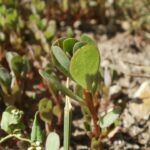
As foodies and scientists and modern doctors are rediscovering, these plants – formerly known as weeds – can really be our greatest allies and healers. What is a weed anyways? Some say it is a plant whose virtues have not been discovered yet. Now that you know a few virtues of these wonderful wild weeds, all you need is one or two of these amazing plants, an apple or honey for a hint of sweet, and water. Blend them all up, strain out the pulp, and enjoy.
Too good to be true? Give it a try and see what you think for yourself. Then comment below and let us know your favorite backyard finds!
Medicinal information for each plant taken from:
Blair, Katrina. (2014) The Wild Wisdom of Weeds: 13 Essential Plants for Human Survival. Retrieved from http://books.google.com
About the Yoga Health Coaching Blogger

Apply here if you want to get an exposure, learn about blogging and become a Yoga Health Coaching Blogger.



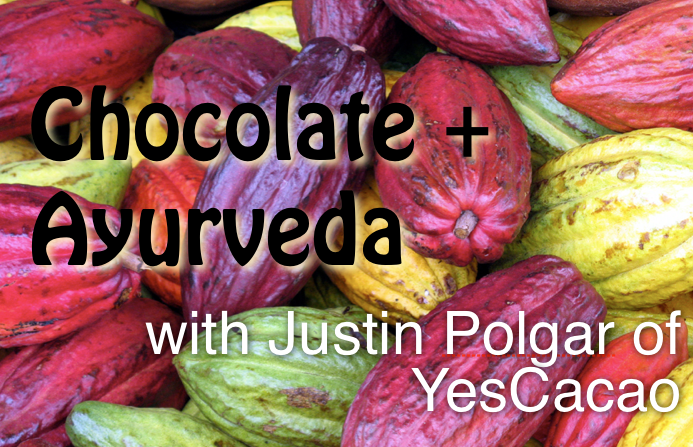












Comments
No comments yet, be the first to comment